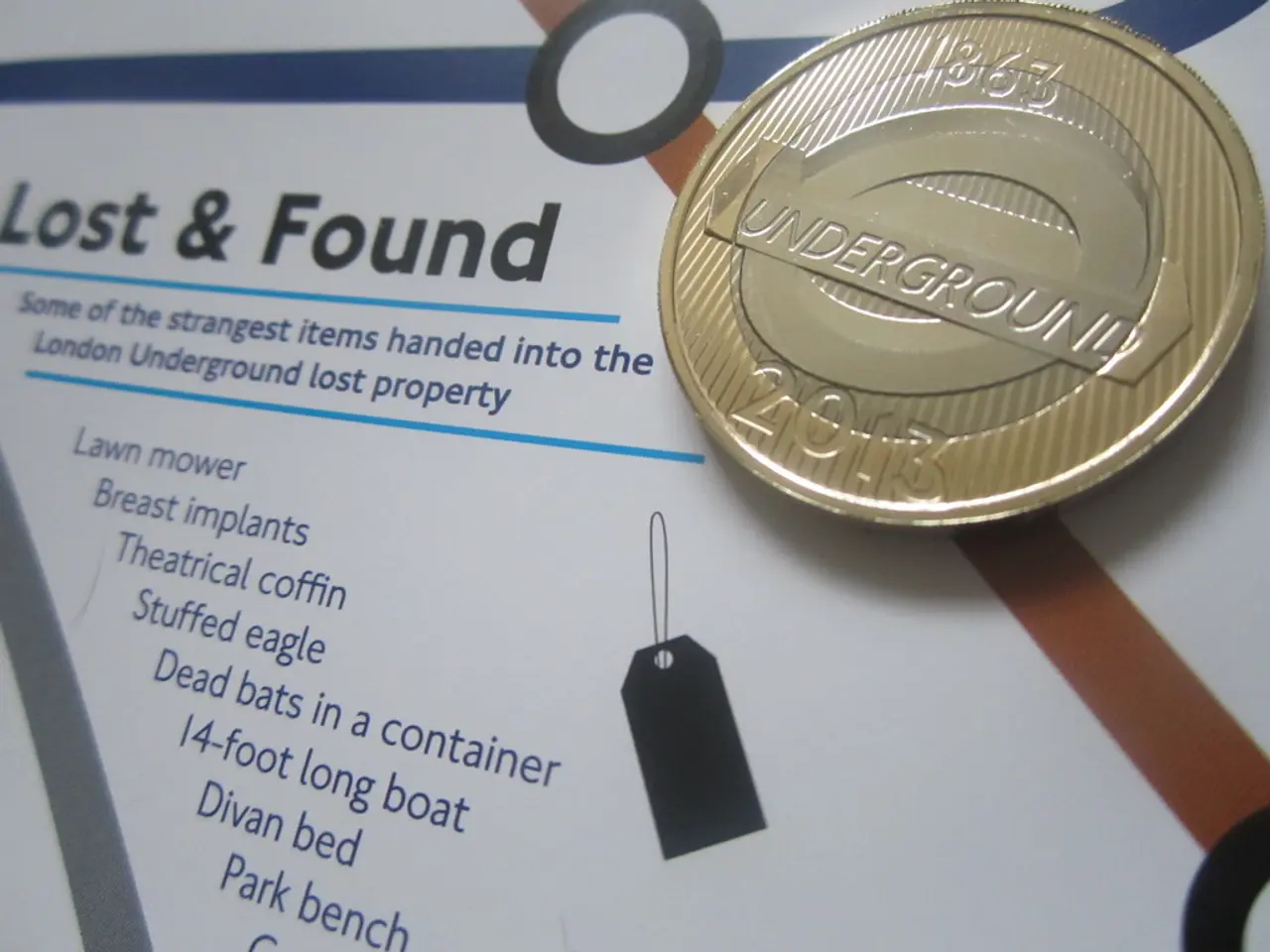Chile Pioneers Use of Sovereign Debt for Sustainability Pledges
Chile has pioneered the use of sovereign debt to embed sustainability commitments into national policy. Known as sustainability-linked bonds (SLBs), these financial instruments allow smaller economies to make sustainability pledges without substantial upfront investment.
Chile was among the first to explore this approach, introducing a biodiversity key performance indicator (KPI) in its SLB framework. This KPI aims to boost protected areas and effective management. Similarly, Uruguay has tied its SLB framework to deforestation limits and commitments to enhance forest cover. Côte d'Ivoire has also announced plans to adopt SLBs in 2023.
SLBs offer investors a way to align investments with measurable environmental outcomes. They serve as tests of government policy credibility and environmental ambition. However, monitoring and verification of SLB progress can be complex due to their link to broader policy targets.
Sustainability-linked bonds provide smaller economies with a practical tool to make sustainability commitments without needing extensive green projects upfront. By issuing SLBs, countries like Chile, Uruguay, and Côte d'Ivoire demonstrate their commitment to environmental goals and invite investors to support their efforts. Ongoing reporting is crucial to ensure transparency and accountability in SLB implementation.
Read also:
- THW Marks 75 Years of Saving Lives at Home and Abroad
- Federal petition from CEI seeking federal intervention against state climate disclosure laws, alleging these laws negatively impact interstate commerce and surpass constitutional boundaries.
- Hydrogen Energy: Sustainable Innovation or Resource Exploitation?
- Dim outlook for a major energy corporation







